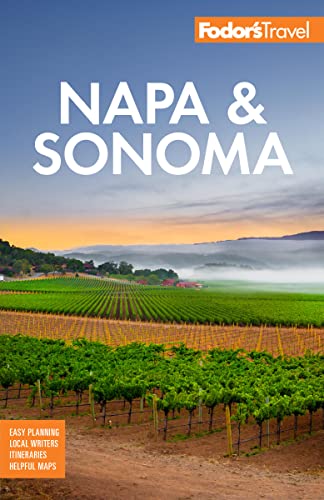Prohibition and Depression
The National Prohibition Act, which passed in 1919 under the popular name of the Volstead Act, had far-reaching effects on California wineries. Prohibition forced many to shut down altogether, but some, particularly Napa operations such as Beaulieu Vineyard, Beringer, and (on the St. Helena site now occupied by the Culinary Institute of America) the Christian Brothers, stayed in business by making sacramental wines. Others took advantage of the exception permitting home wine making and sold grapes and in some cases do-it-yourself kits with "warnings" about the steps that would result in grape juice turning into wine. A few wineries kept their inventories in bond, storing their wine in warehouses certified by the Department of Internal Revenue and guaranteed secure by bonding agencies. Magically, wine flowed out the back doors of the bonded warehouses into barrels and jugs brought by customers, and just as magically it seemed to replenish itself. Now and then a revenuer would crack down, but enforcement was lax at best.
Struggle and Survival
Prohibition, which ended in 1933, did less damage in the Napa Valley, where grapes thrive but fruit trees grow poorly on the rocky and gravelly slopes, benchlands, and alluvial fans, than it did in Sonoma County, where plum, walnut, and other orchards had replaced many vineyards. Fewer Napa growers had been able to convert to other crops, and more had been able to survive with sacramental wine, so more vineyards could be brought back to fine-wine production after repeal. Several major wineries survived Prohibition, including Inglenook and Charles Krug (acquired in the 1940s by the Cesare Mondavi family), which made very good wines during this period. Nevertheless, the wine industry struggled well into the 1960s to regain its customer base.




